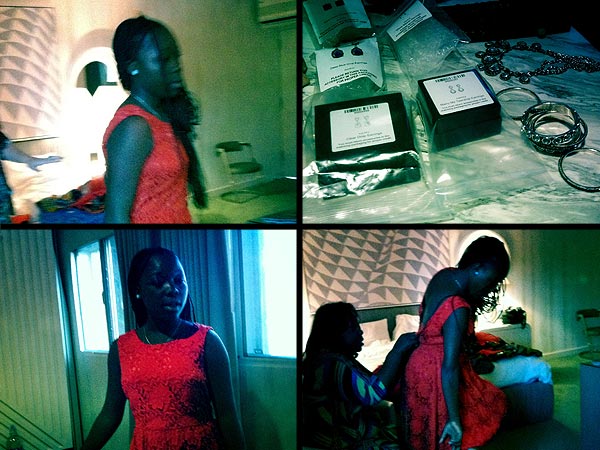I had originally decided not to write about how ridiculous Google’s (GOOG) Chromebook Pixel pricing was on Thursday because I figured it was so self-evident that I’d just be repeating what everyone else was already saying. But today I’ve found two contrarian pieces, one from Quartz and one from ZDNet, that make the case that the Chromebook Pixel actually is a brilliant move on Google’s part even if nobody actually ends up buying it. While both pieces do their best to paint a happy picture of the Chromebook Pixel, they both neglect to mention that Google’s strategy with the Pixel seems to fly in the face of everything it’s been trying to accomplish not only with Chromebooks, but with consumer electronics as a whole.
[More from BGR: iPhone found to be 300% more reliable than Samsung smartphones]
Before I go any further, let me say that I’ve long been a fan of Google’s approach to consumer electronics. I like the fact that the company not only opened up the smartphone market to several new manufacturers with its open-source Android platform, but that it also set the bar for low-cost Android tablets with the Nexus 7, which showed that inexpensive Android tablets don’t have to feel cheap. And until this week, I was a big fan of the Chromebook concept: There’s something very appealing about a bare-bones $ 250 laptop that relies on the cloud to store and deliver data and that comes free of the bloatware that has long plagued many Windows laptops.
[More from BGR: Leaked cases may reveal Galaxy S IV design]
All of which makes Google’s strategy with the Chromebook Pixel that much more baffling.
The whole point of Chromebooks is that they’re cheap laptop substitutes for people who just need a computer capable of surfing the web and not much else. Why would anyone pay $ 1,300 or more for a Chromebook that doesn’t differ much more functionality-wise from a Chromebook that costs $ 1,000 less?
As Quartz’s Christopher Mims acknowledges, the Chromebook Pixel’s “only tool” is “a web browser, through which you do all your work using web-based software, with all your files stored in the cloud.” In other words, it’s like all the other Chromebooks except it has a top-notch display and a faster processor, two things that aren’t all that necessary to perform the tasks that most people will use Chromebooks for.
In fact, the Chrome Pixel’s value proposition is so flat-out absurd that it has given me a whole new appreciation for personal computers, warts and all. Because when I’m editing a short movie for a presentation or playing Skyrim or basically doing anything that’s more sophisticated than surfing the web and sending email, I need a PC. And if I’m going to spend $ 1,300 on a computer, I can find things that deliver a lot more value than a web browser with a pretty screen.
This article was originally published on BGR.com
Linux/Open Source News Headlines – Yahoo! News
Title Post: Sorry, but there’s no defense for the Chromebook Pixel
Url Post: http://www.news.fluser.com/sorry-but-theres-no-defense-for-the-chromebook-pixel/
Link To Post : Sorry, but there’s no defense for the Chromebook Pixel
Rating:
100%
based on 99998 ratings.
5 user reviews.
Author:
Thanks for visiting the blog, If any criticism and suggestions please leave a comment












